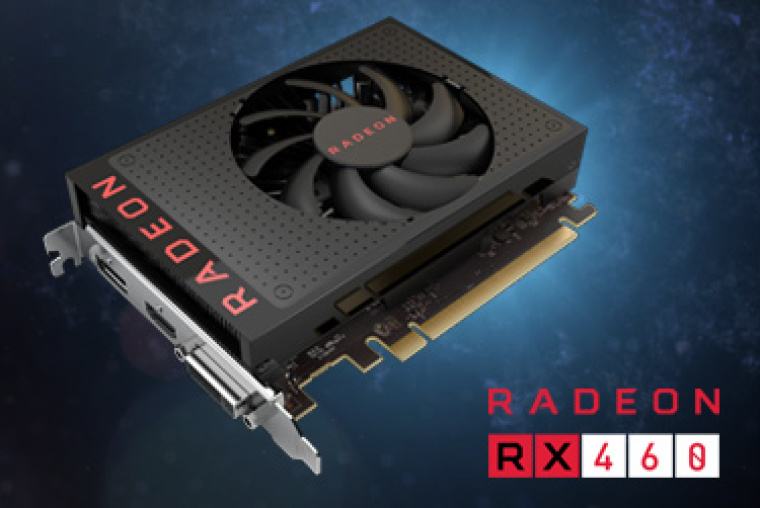

Advanced Micro Devices (AMD) Radeon RX 460 is based on the Polaris 11 GPU, which is a very tiny chip that powers a variety of low-to-mid-range cards.
The card packs high performance, having 896 stream processors coupled with 4GB of GDDR5 memory on a 128-bit memory interface that deliver nearly 2 TFLOPs of computing performance.
In the RX 460, the Polaris 11 has replaced the Radeon R7 260 and R7 360 series cards, with the chip having a clock rate of 1090 MHz core as well as 1200 MHz boost, while the 2 GB GDDR5 model is equipped with a 128-bit memory interface and clock speeds 7 GHz that offers 112 GB/s bandwidth.
The RX 460 will be available in two variants- 4 GB and 2GB. The 4GB model will have a higher price point than the 2 GB model. Out of a total of 16 CUs, it has two CUs disabled and an estimated TDP of less than 75W, which means it will be powered using the PCI-Express bus and would not require an external power connector.
As the RX 460 version has the same GCN 4.0 architecture as its bigger versions including RX 470 and RX 480, the user will get up to 2.8x performance per watt improvement. The RX 460 is also equipped with Display Port 1.3 / 1.4 HDR potentials.
AMD launched its Radeon RX 460 on August 8 with RX460 (2GB) available at approximately at US $99 and the RX460 (4GB) model at US $119.